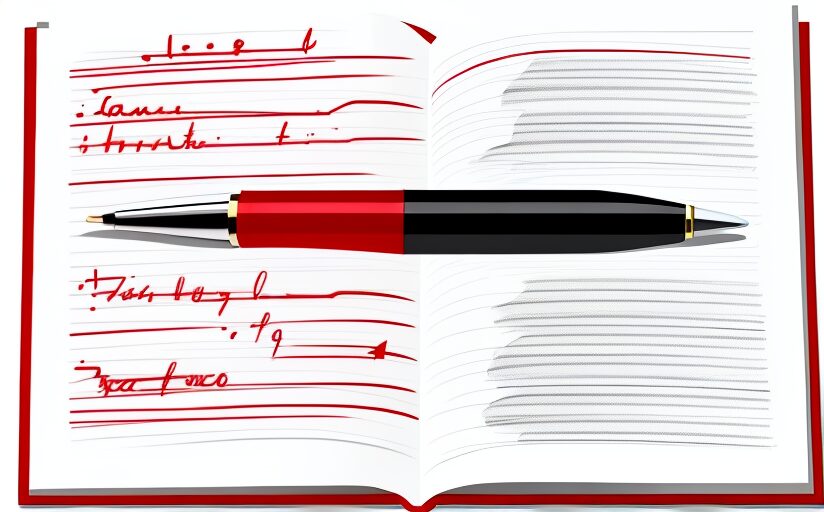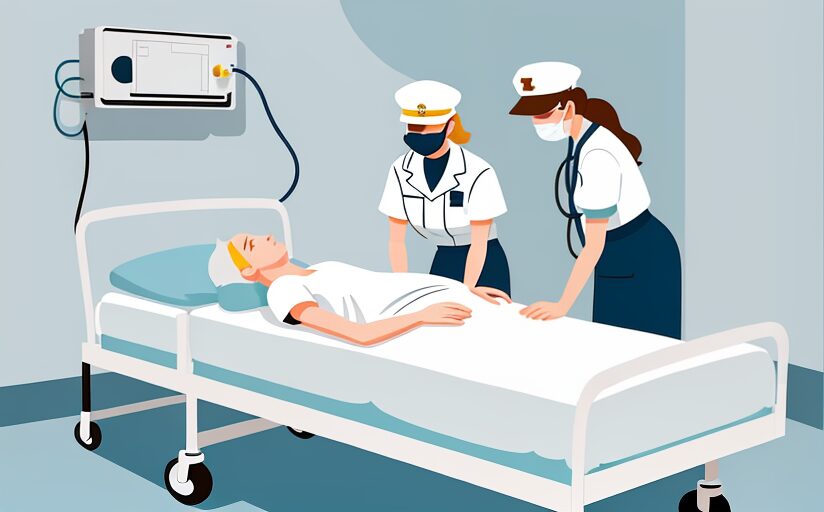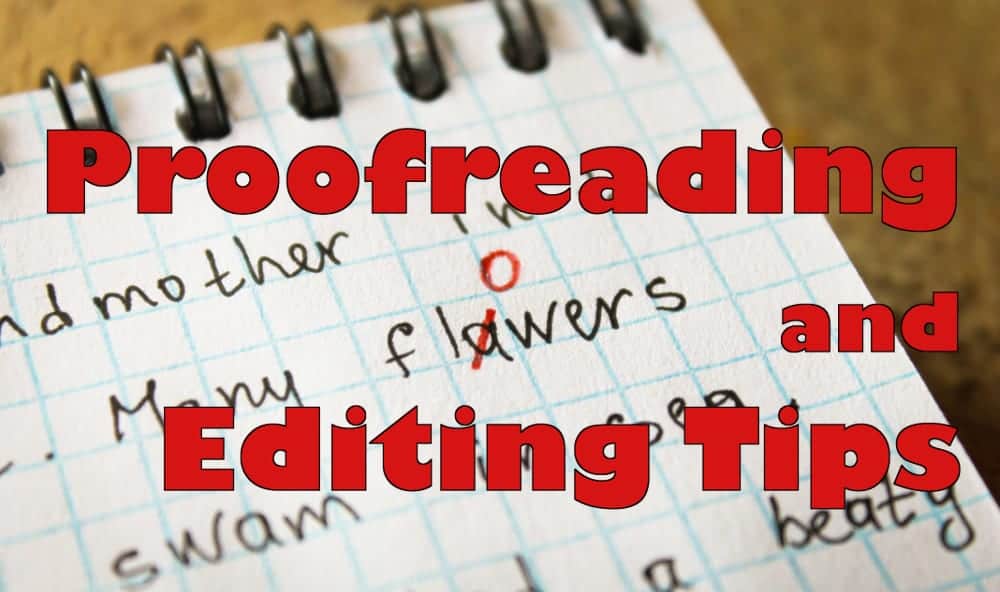During my entire freelance writing career, I’ve had no choice but to be a self-editor and proofreader. Even with the luxury of knowing an editor might see my work before it reaches the client, I take great pride in what I write and don’t want to submit something that isn’t a reflection of my best effort.
Best Proofreading and Editing Tips for Writers
Since I hold myself to a high standard, I regularly proofread and edit every piece of content before submitting it for a client’s review. Personally, the editing and proofreading seem to take a lot longer than the writing phase. However, I’ve discovered some top proofreading and editing tips that enable me to do those things in less time, without becoming careless.

1. Use the Spell Check – But Rely on Your Own Proofreading Skills, Too
Using the built-in spell check on most word processing programs can certainly be your first course of action when proofreading your writing. After all, the point of proofreading is to catch major errors like misspelled words and incorrect tenses, and the spell checker flags many of those mistakes.
However, never assume the spell checker caught all the errors. By depending on it completely, you may not notice huge issues that will result in edit requests from a client. After using the spell check once, go over your document again to spot the mistakes technology missed. Automated spell checkers and editing tools are great, but combining them with the street smarts of a human eye helps ensure that thorough proofreading is done.
2. Read the Content Out Loud
When you take a few minutes to read your piece out loud, it should help you notice awkwardly worded phrases or anything else that may seem confusing to someone who doesn’t share your perspective. When I’m writing about a familiar topic, sometimes I forget how it’s necessary to explain concepts that aren’t immediately clear to readers. I avoid using the word “obviously,” unless whatever I’m trying to describe truly is extremely apparent to laypersons.
Reading your content out loud is a great proofreading and editing technique to help with content flow as well. You’ll be able to more readily notice awkward transitions and unnecessary commas and see where your content might need to be improved on a deeper level than just finding spelling and grammatical errors.

3. Prioritize When Editing
My mother and sister are nurses, so I learned how emergency room workers prioritize patients using the triage method. As people come in to be seen, they quickly get assessed to determine whether their conditions are life-threatening or minor. The information gathered helps the treatment team prioritize their workload.
I use the same proofreading techniques when editing my work. If a client is particularly adamant about following a certain style guide for customized content, I’ll check for style problems first. However, if grammar is a top concern, that’ll be my first point of focus. I find this editing tip helps me use time wisely and edit competently without feeling flustered.
Share Your Proofreading and Editing Tips
I hope these proofreading and editing tips help you as much as they benefit me when I’m trying to polish my work as quickly as possible without getting sloppy. If you have some of your own proofreading advice to share, feel free to leave a comment.


Leave a Reply